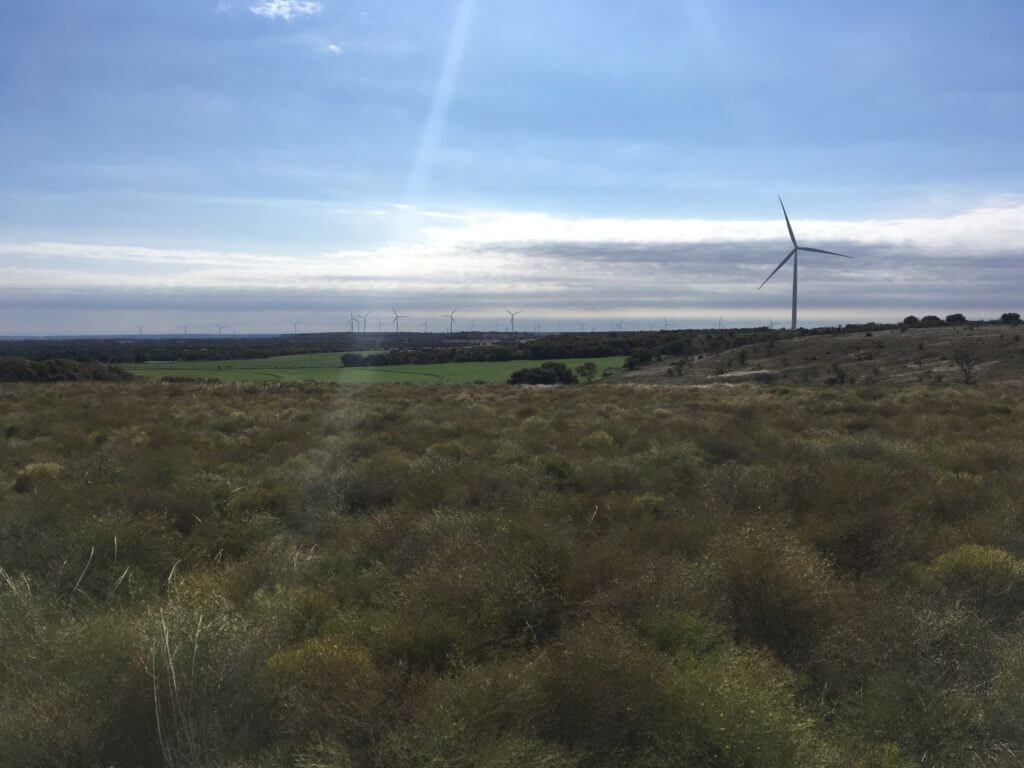Wind offers climate-concerned citizens an affordable solution
On Sunday, just two days before this week's United Nations Climate Summit, 400,000 people took to New York City's streets for the People's Climate March – making it the largest march in history dedicated to solving climate change.
Participants varied from young to old and many carried signs expressing their support for clean, renewable wind power. But all the marchers had a common goal: to urge 120 world leaders to create a new climate treaty by the end of 2015.
As such calls to solve climate change rise, wind energy is increasingly being seen by citizens and businesses alike as one of our most affordable and effective climate solutions.
Leading up to the Climate Summit, at least 100 of the world's largest businesses pledged to reduce their carbon footprints in a campaign called RE100.
Jose Lopez, vice president and head of operations of Nestle, addressed the U.N. Climate Summit, saying according to Politico: "Climate change must ultimately be addressed through mutually beneficial collaboration and multi-stakeholder channels to be effective." Nestle has set targets to reduce its greenhouse gas production by 35 percent by 2015.
By connecting businesses with NGOs, RE100 will help corporations convert to renewable energy. IKEA and Mars have also pledged to reduce their carbon footprints. Both companies have promised to source all their energy from renewable sources by 2024.
In recent years, renewable energy has become more and more affordable. According to the International Energy Agency, any country can source a high percentage of its energy from renewable sources in an affordable manner — especially by leveraging wind and solar resources.
From Clean Technica:
"Currently, wind and solar PV account for just about 3 percent of world electricity generation, but a few countries already feature very high shares: In Italy, Germany, Ireland, Spain, Portugal, and Denmark, wind and solar PV accounted respectively from around 10 to more than 30 percent of electricity generation in 2012 on an annual basis,” the IEA writes.
Wind power is actually now the cheapest option for new electricity in many if not most markets around the world, so there’s clearly an avenue open for growth there. Solar power is generally much more expensive than wind power, but even it is coming in cheaper than any other utility-scale alternatives in some regions (e.g., Austin, Texas; Minnesota; Chile).
For citizens and corporations, the main uncertainty is not the importance of climate change, but the reliability of policies that support carbon reductions.
In the words of IKEA's chief sustainability officer, Steve Howard: "Policy uncertainty slows things down. You know where the wind is, and you know where the sun is going to shine. The technology is extremely predictable. You know how to get the projects done. The only uncertainty is policy uncertainty."



